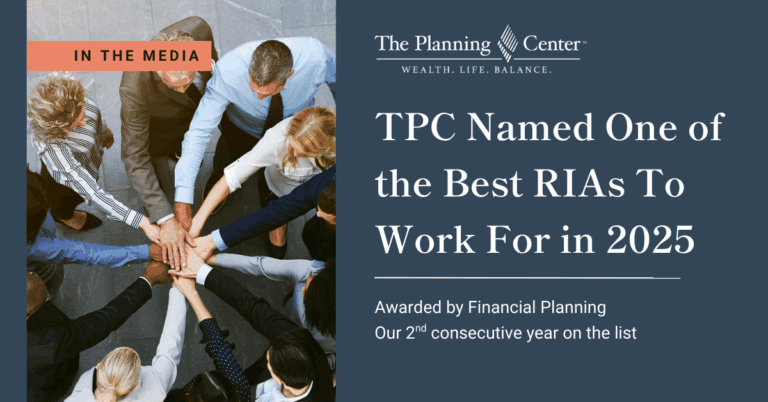After a difficult year in 2022, US equity markets staged a comeback in 2023, with the S&P 500 booking a 24% gain for the year. This may be part of the reason that charitable giving set new records last year. According to a report by Fidelity Charitable, donors gave a record-breaking $11.8 billion in 2023.
Still, a recent survey indicates that many donors still have questions about how they can make their giving more effective. In fact, two-thirds of those surveyed said that while they’d like to give more, they are concerned by factors that make it more difficult for them to give as much as they’d really like to.
That’s not to say that charitable giving is in trouble; at least, the statistics don’t point that direction. Observers project that giving in this year and next will rise at a rate greater than the average rate of growth since 2005, perhaps surpassing the 10-, 25- and 40-year growth averages. Much of this gain is expected to come from foundations, but private estates are making a significant contribution, as well.
Still, some donors have concerns about the level and quality of communication they receive from nonprofits; others are uncertain about how to prioritize or respond efficiently to the many requests they receive; still others worry about how to track and organize their charitable efforts.
Let’s take a look a few ideas that can help you get a handle on your charitable giving. And, as with most important financial decisions, it all starts with gaining clarity on what is most important to you in your philanthropic efforts.
- Write it down. If you haven’t already done so, draft a charitable giving mission statement. The Fidelity Charitable survey indicated that 53% of respondents felt “bombarded” with requests from charities. Additionally, 45% reported feeling burdened by requests from friends and family members, soliciting for their favorite causes. One way to gain clarity about the choices you make with your charitable giving is to create a mission statement for your giving that focuses on the causes and initiatives you care most about. Having such a statement can also help you better focus your efforts, making it easier to decline requests that don’t closely align with your most important priorities. Here are five steps to help you get started drafting your mission statement:
-
- Discuss your values and principles. Be sure to include all stakeholders in this discussion.
- Be clear and specific. Would those less familiar with your family or organization understand your intentions?
- Keep it as brief as possible, while still capturing the vital elements. Ideally, you should be able to remember it and recite it easily.
- Document your operating principles. When and how will the giving be directed? Is your focus cultural? Social? Religious?
- Build your team. You should include trusted individuals, including philanthropic professionals who can help you utilize best practices.
- Don’t forget appreciated assets. Obviously, no one knows what the markets are going to do in any given year. Some observers believe that gifting assets (including real estate), as opposed to cash, can be a solid strategy for the future. In addition to benefitting the intended charity, giving appreciated assets can also be helpful to the donor by reducing their capital gains tax bill. It can also be an important estate-planning tool, potentially reducing the size of the taxable estate. Donor-advised funds (DAFs), which can accept various types of assets other than cash and then redirect the proceeds in accordance with the donor’s direction, are finding favor with many who want to simplify and streamline the process of gifting assets to charity while also retaining some control over which charities benefit from the gifted assets.
- Understand your charity. Two-thirds of respondents to the Fidelity Charitable survey said they weren’t completely sure about how a charity was using their money or whether the charity was operating effectively. Fortunately, third-party resources like GuideStar and Charity Navigator gather and publish data on charities that make it easier for interested donors to know how charities rank in terms of financial efficiency and mission effectiveness. You can also contact the charity directly and request information such as what their greatest needs are, how donations are used, and other questions. Performing due diligence on your chosen charity is an important part of exercising good stewardship
- Make philanthropy a family affair. Children as young as four can begin to learn about sharing with others, and you can get ideas for age-appropriate activities for kids of all ages at sites like ProjectGivingKids.org and others. By building the principles of philanthropy into your family, you can lay the foundation for a family legacy that lasts for generations.
At The Planning Center, we know how important it is to create solid foundations for your philanthropic legacy. Whether your solution involves creation of a family foundation, a charitable giving trust, or some other strategy, it is essential to have the right professional guidance. We work with clients and their estate planning and other experts to develop individualized strategies that keep the client’s best interests ahead of everything else. To learn more about how we can help with family and charitable giving, please visit our website.






